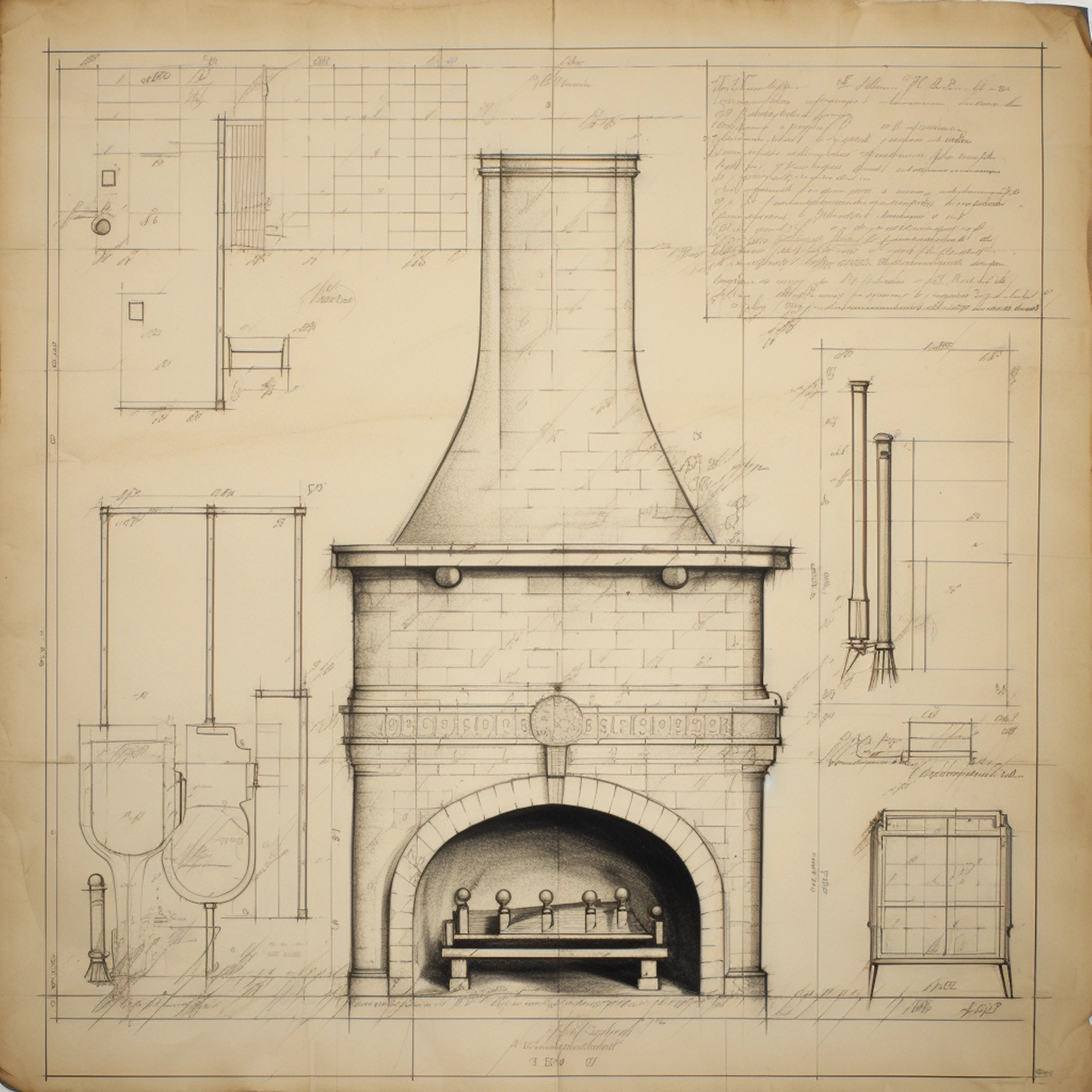
Few things beat the cozy ambiance of a crackling fire in the winter. If you have a wood-burning fireplace or stove in your home, Quail Creek Home Inspections has put together a few things you need to know to enjoy your fireplace safely and efficiently.
1. Safety First
Wood-burning fireplaces and stoves require some extra attention to safety. Here’s what you should consider:
- Chimney Inspection: Regular chimney inspections are vital to ensure there are no blockages or creosote buildup. It’s best to have a professional chimney sweep do this annually.
- Flammable Materials: Keep all flammable materials like curtains, rugs, and furniture a safe distance from the fireplace or stove. A spark arrestor on top of the chimney can prevent embers from escaping.
- Fireplace Screens: Install a sturdy fireplace screen to keep sparks and embers contained within the fireplace.
2. Wood Selection
The type of wood you burn matters. Hardwoods like oak, maple, and hickory are excellent choices as they burn hotter and longer. Softwoods like pine and cedar can be used but burn faster and may cause more creosote buildup.
3. Efficient Burning
Wood-burning appliances can be surprisingly efficient when used correctly:
- Burn Seasoned Wood: Use wood that has been properly seasoned, which means it’s dried for at least six months. This burns more efficiently and produces less creosote.
- Airflow Control: Familiarize yourself with your fireplace or stove’s airflow controls (if you have them). Controlling the amount of air entering the firebox can help you regulate the fire and improve efficiency.
4. Maintenance and Cleaning
Regular maintenance is essential
- Ash Removal: Remove ashes when they accumulate, but be sure to leave a small layer for insulation. Always use a metal container and dispose of the ashes in a safe location.
- Creosote Buildup: Keep an eye on creosote buildup in the chimney. Excess creosote is a fire hazard and can lead to chimney fires.
5. Spark Screens and Rain Caps
To enhance safety and protect your chimney, consider installing a spark screen and a rain cap. Spark screens act as an additional barrier, preventing sparks, embers, and debris from escaping and potentially causing hazards. Rain caps, on the other hand, keep rain, snow, animals, and debris from entering your chimney. They also help prevent moisture-related damage, which can be a significant concern in the long run. Both spark screens and rain caps are affordable additions that can save you from potential problems and maintenance down the line. Remember, an ounce of prevention is worth a pound of cure when it comes to maintaining your wood-burning appliance.
6. Know Your Local Regulations
Local regulations on wood-burning appliances can vary. Some areas have no-burn days or ban certain types of appliances. Be aware of your local regulations and follow them.
7. Professional Inspections
It’s advisable to have your wood-burning appliance inspected by a professional regularly. They can identify issues and provide maintenance to ensure it’s working efficiently and safely. A proper “Level 2” chimney and fireplace inspection is outside the scope of a home inspection and should be done by a qualified chimney professional.
With these considerations in mind, you can enjoy the warmth and comfort of a wood-burning fireplace or stove while keeping your home safe and efficient during the winter months.

